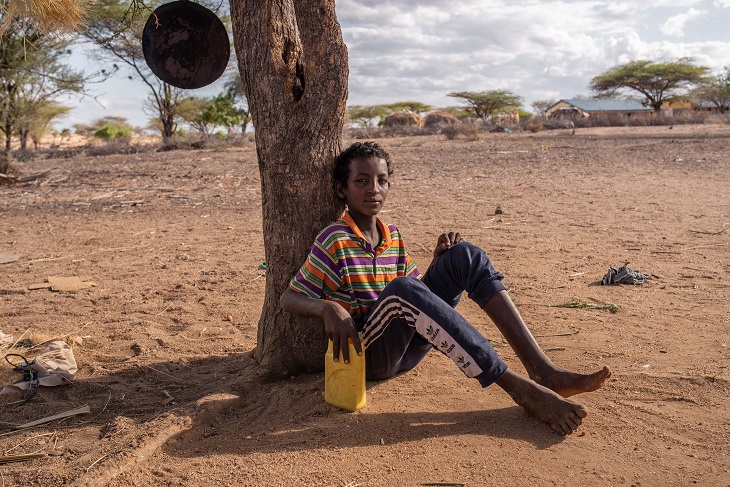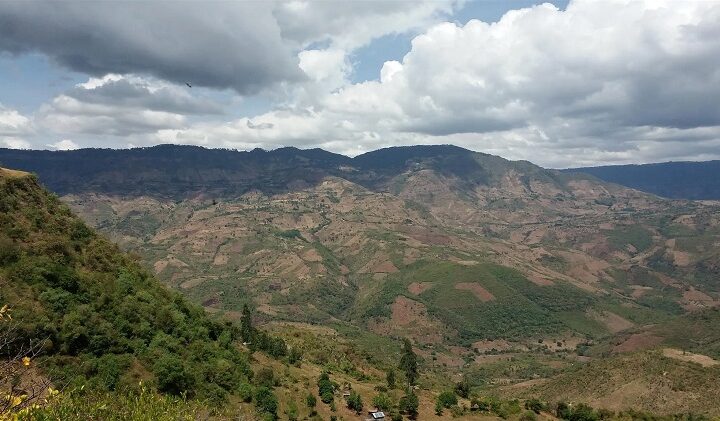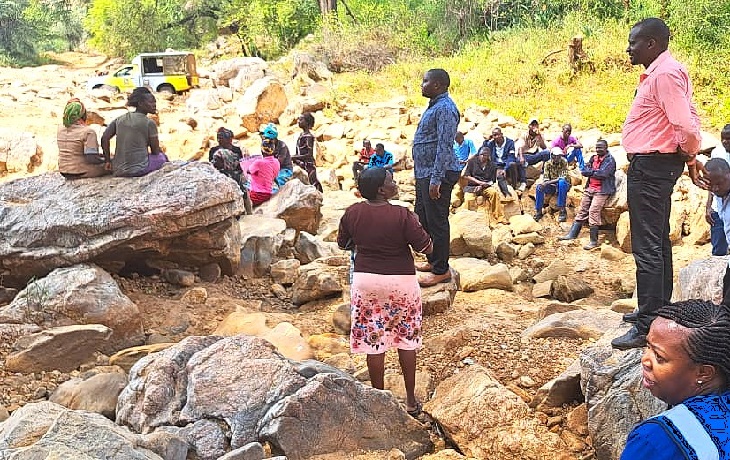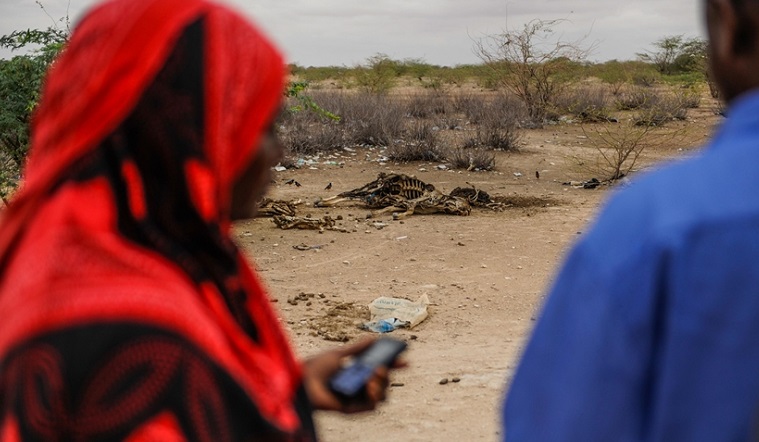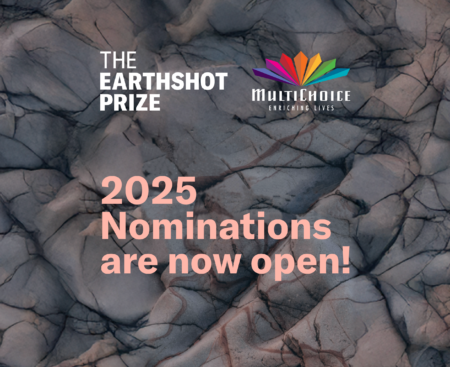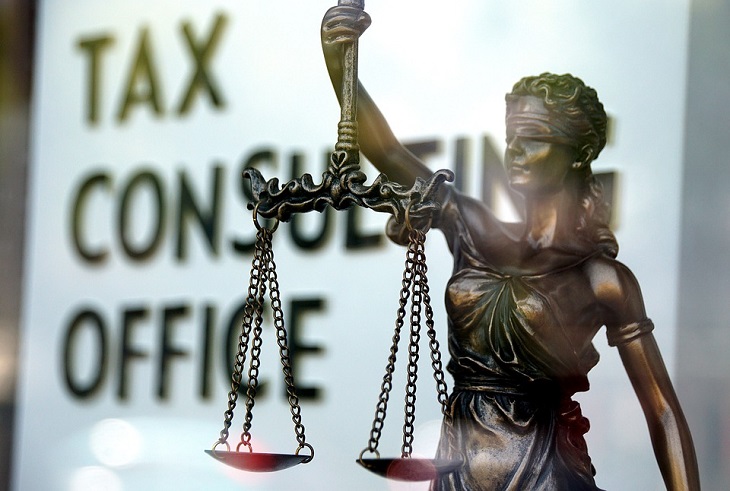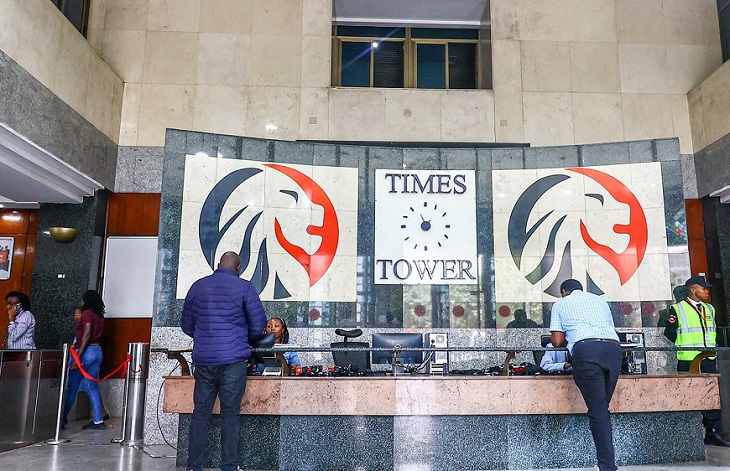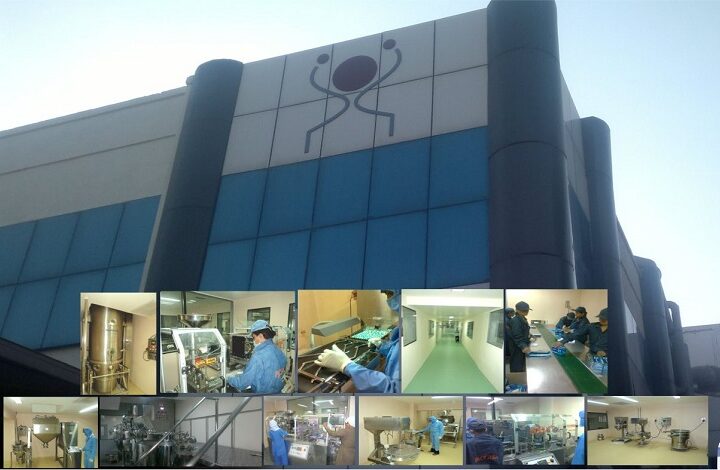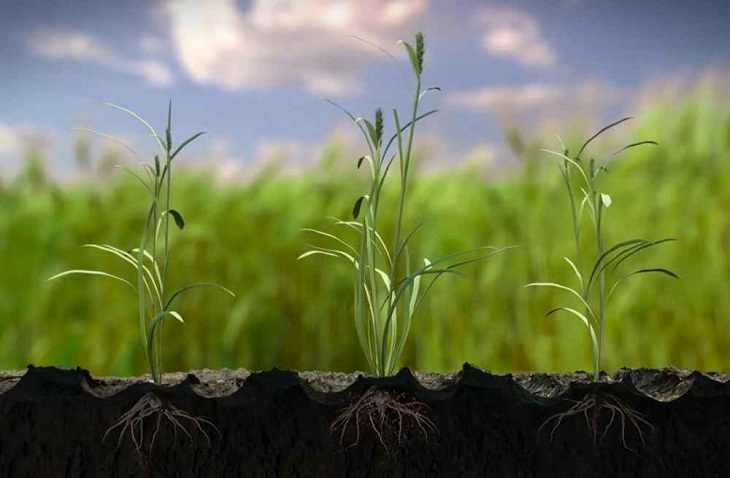Almost 16,308,563 million children across Kenya – 67 percent of the country’s children – are living with the dual impacts of poverty and the climate emergency, according to new research by Save the Children.
They are among more than 150 million children across East and Southern Africa gripped by both grinding poverty and climate disaster.
South Sudan topped the list of countries in the region most likely to face this “double threat”, with 87 percent of children in the country affected, followed by Mozambique (80 percent) and Madagascar (73 percent).
Kenya ranks 10th highest (67%) in the globe and 3rd in East and Southern Africa in terms of the overall number of children facing this double threat.
The report – Generation Hope: 2.4 billion reasons to end the global climate and inequality crisis – developed by Save the Children with climate modeling from researchers at the Vrije Universiteit Brussel (VUB) – found that, while 21,242,162 children in Kenya are estimated to be affected by at least one extreme climate event a year, some of them are at particular risk because they are living in poverty and so have fewer resources to protect themselves and recover.
Globally, 774 million children fall into this high-risk group, according to the report.
Higher-income countries are not immune from this “double threat”. The report found that 121 million children facing both climate disasters and poverty live in higher-income countries. More than four out of ten children affected (12.3 million) live in the US or the UK.
Save the Children warned that, if the climate and inequality crisis is not addressed with urgency, the frequency and severity of humanitarian and cost of living crises are set to soar.
Drawing on insights from the 54,000 children Save the Children heard from in a major consultation conducted between May and August 2022, the report also shows how these multiple, overlapping risks are linked to and exacerbate the current global food, nutrition, and cost-of-living crisis that is causing 345 million people in 82 countries to face a severe lack of food.
“Climate change has affected us so much. We are experiencing a prolonged drought and people are struggling to get maize because of high food prices. I also note that the gap between the rich and poor is increasing. I call on the government to create more forums where we can talk about climate change and social inequality,” said 14-year-old Kassim from Garissa County in Kenya.
“The climate emergency and issues of inequality are deeply connected, and cannot be dealt with in isolation from each other. In Kenya, this connection could not be any more obvious. The devastating drought we’ve seen in Kenya and in the larger Horn of Africa is the worst in 40 years and has hit the poorest parts of the country hardest, leaving millions of people hungry and many displaced. Crises like these push people even deeper into grinding poverty and leave millions of people even more vulnerable to the next flood or drought,” said Yvonne Arunga, Kenya and Madagascar Country Director.
“As leaders prepare to travel to the COP27 and G20 summits in November, our most vulnerable children should be at the forefront of their minds. In particular, the world’s richest countries, whose historic emissions have driven the climate and inequality crisis, must lead the way in unlocking trillions in financing for countries that are struggling to protect their children from its impacts, including through climate finance – particularly for adaptation and loss and damage”.


